
FEWS Net Gaza Update: Food Aid Increases in April But Food Supplies, Access Remain Low
Despite an increase in food aid delivered to the region, the food security situation in the Gaza Strip remains dire, according to an updated FEWS Net report released in late April.
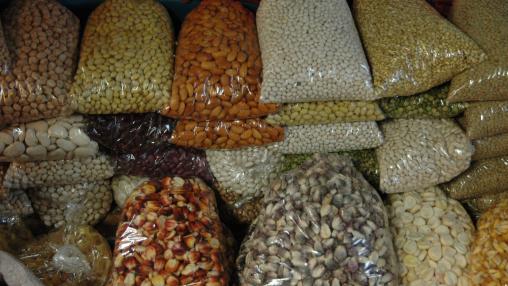
FAO Food Price Index Rises Slightly, But Remains Significantly Lower than April 2023
The FAO Food Price Index rose marginally in April but remained 7.4 percent below its April 2023 level. The slight increase was driven by rising meat, vegetable oil, and cereal prices.
Sudan at a Crossroads: Food Systems, Hunger, and Humanitarian Aid During Civil Conflict
In April 2023, Sudan descended into a violent civil war that has displaced more than 8 million people, destroyed critical infrastructure, and left half the country’s population in need of humanitarian assistance. More than one year later, the unresolved conflict threatens agricultural production, agroprocessing, and trade, exacerbating Sudan’s status as a failed state. Sudan’s trajectory is therefore relevant for the broader community of scholars and practitioners working to enhance food systems and food security in fragile states facing complex humanitarian emergencies.
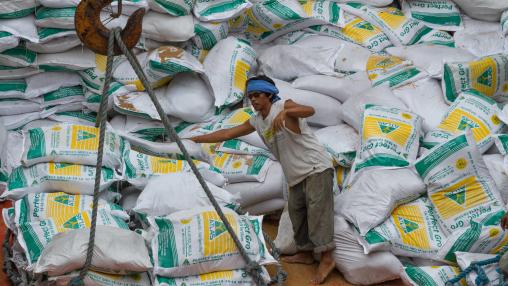
Global fertilizer trade 2021-2023: What happened after war-related price spikes
Russia’s invasion of Ukraine in February 2022 sent a shock through global fertilizer markets. All agricultural trade in the region was disrupted for a time, and a number of countries imposed economic sanctions on major fertilizer producers Russia and its ally Belarus (the latter already targeted pre-invasion by European Union fertilizer export sanctions). Prices spiked, resulting in fears of widespread impacts on agricultural production. Since then, fertilizer prices have fallen from those initial highs and new trade routes and patterns have emerged.

FAO Food Price Index Rose Slightly in March
After seven months of declines, the FAO Food Price Index rose slightly in March due to increased vegetable oil, dairy, and meat prices. The Index remained 7.7 percent below its March 2023 levels.
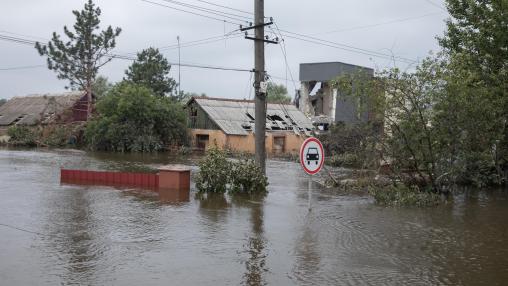
The war in Ukraine continues to undermine the food security of millions
The war in Ukraine continues to disrupt the country’s agrifood sector, posing an ongoing threat to food security. Damage to critical infrastructure is hindering agricultural activity and the transportation of essential food to local markets and to export destinations. This situation, together with destroyed livelihoods and high inflation, is hampering access to food for millions of Ukrainians.
More than 7 million Ukrainians face acute food insecurity
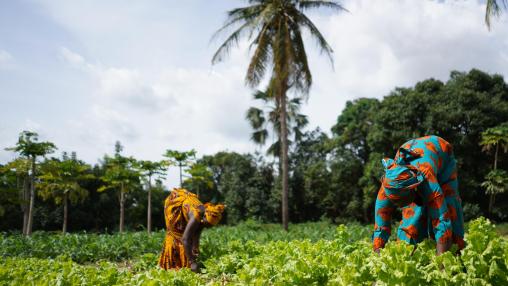
Who’s afraid of high fertilizer prices?
During 2021 and 2022, global food and fertilizer prices spiked due to several overlapping factors. Demand rose as the world economy emerged from the COVID-19 recession; global supply chains suffered major disruptions associated with the uneven recovery; and the outbreak of war between Russia and Ukraine—both key food and fertilizer producers—generated yet another shock.
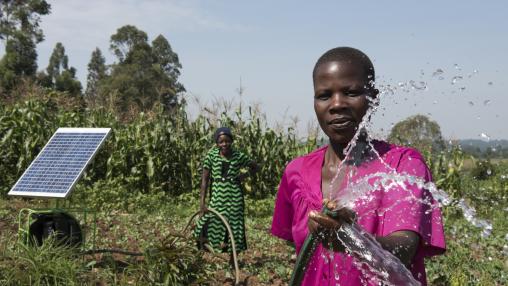
The path forward on global food system transformation
Every year, global food systems produce, process, transport, and market the food and agricultural products on which the world relies. However, these same global food systems also play a big role in—and face pressures from—climate impacts, environmental damage, food insecurity and malnutrition, public health problems, and food loss and waste. To tackle these challenges, we must urgently transform food systems. True food system transformation will have to go beyond the agricultural policy reforms enacted during the past 50 years.
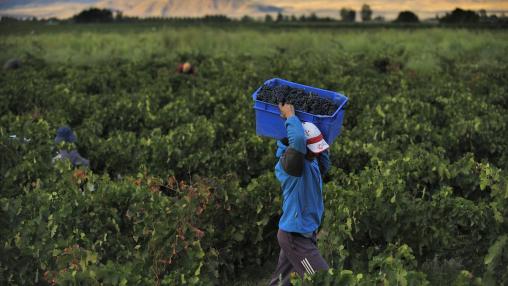
Promoting food security and environmental sustainability through trade policy in the Southern Cone
This blog is based on finding from the IFPRI discussion paper, From farm to table: Agrifood systems and trade challenges in the Southern Cone.
Introduction
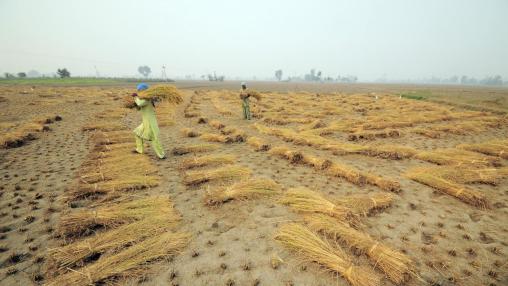
India’s export restrictions on rice continue to disrupt global markets, supplies, and prices
Six months after India introduced a set of export restrictions on rice with the aim of holding down domestic prices, global rice markets continue to feel the impact.